Event Summary
Art + Place: Cultural Capital
In the first of two sessions delivered by Place North West during the three-day Buy Art Fair in Manchester, an architect, urban designer and gallery director looked at the role of art and culture in shaping cities and developments.
On the panel was Karsten Huneck, architect and partner at KHBT, senior lecturer at Manchester School of Architecture and partner in the Office for Subversive Architecture, alongside Peter Swift, managing partner of landscape architects Planit-IE, and Kwong Lee, artist and director of Castlefield Gallery in Manchester.
See below for gallery + slides
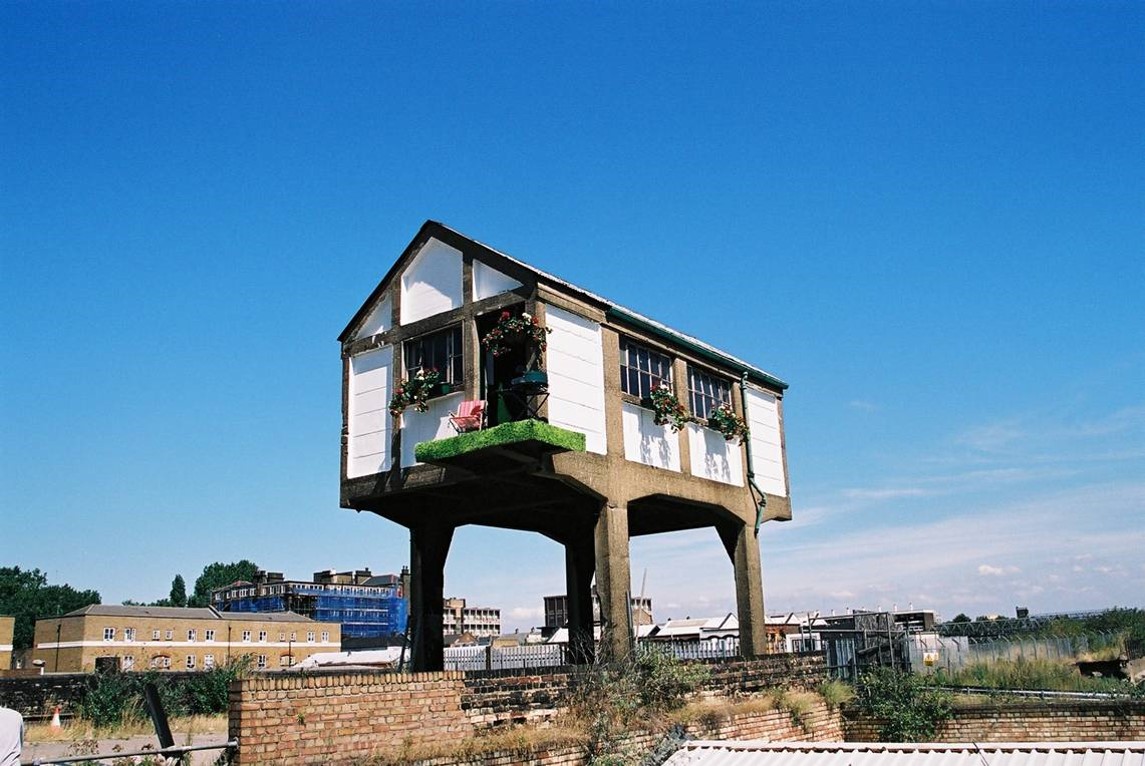
OSA interventions include the illegal refurbishment of an old signal box in London in 2006, called ‘Intact’
With the Office for Subversive Architecture, Huneck has delivered a range of installations and performances in public spaces across the world, including a temporary event space called the Kunsthulle for the Liverpool Biennial in 2006. According to Huneck, only a bespoke approach will work when creating public art projects.
“All our projects tell a story,” he said. “They are borne out of an idea, considering the inherent nature of each site.”
Planit-IE is the landscape architect for the newly-named Sadler’s Square at the Co-operative Group and Hermes’ NOMA in Manchester. Set to open next month, and featuring public art, Swift talked about the process of delivering a space which taps into the spirit of an area.
Echoing Huneck, Swift said: “Putting art and craft into public realm tells a story, and that was very important here. Sadler’s Square is the home of the industrial revolution, but how do you show that outside of the usual stuff on plinths and things that go out of fashion?
“Development sites are living canvases. Look at Liverpool Waters, which we are working on with Peel. That is an amazing cultural asset which should be activated. We want to work with Liverpool Biennial and the Tate, to look at community uses and activities.”
As the director of Castlefield Gallery and a practising artist himself, over the past few years Kwong Lee has worked hard to bridge the gap between artists struggling for room to exhibit, and landlords struggling with empty office space.
“We recognised that there were many artists with great ideas, but nowhere to test them,” he said. “In the last three years we have stepped up collaborations with property owners, as when a recession hits it’s a good time to talk to developers about how we can work with them to help them look after their spaces.

Sadler’s Yard at NOMA is due to open this month and will feature large public art pieces currently in production
“It can be a hard task to convince a landlord to say ‘yes’ to allowing artists into a property, but the Co-op came on board a few years ago and showed that it can be very successful. At Federation House, in March 2013 we set up a gallery as what was then called a ‘meanwhile use’ within the building, and got 800 people through the door. Through the course of the whole nine months we got 13,000 people and hundreds of artists into the space.”
These more alternative uses for buildings and public realm are set to be increasingly common, said Swift: “Meanwhile uses are here to stay. People are starting to understand that things that are stimulating and ephemeral are far more exciting to get people to understand a place.
“They add a richness to big spaces, and these kind of activities don’t need bigger budgets, in fact the best things come from limited budgets.”
Given the Government’s increased focus on investment in the North, now is the time to look critically at how art and culture can shape the region, stressed Lee.
“It’s time for a more mature conversation about the arts, and getting people around the table to discuss how we can create a cool and viable place that people can enjoy. Using the Northern Powerhouse as a platform, we need to ask how we can make the North a really interesting place.”
Manchester’s standing on the cultural scene was steadily improving said Swift, pointing to the recent architect shortlist announced for the £110m Factory arts centre at the former ITV Granada site to show the calibre of interest in the city.
“The shortlist for The Factory development, including Zaha Hadid and Grimshaw Architects, is a list inextricably linked to the city investing in its cultural capital.”
While the calibre of architects was impressive, Huneck stressed that it was important for developments to keep in the spirit and nature of the local area. “The danger with starchitects is that they can lose that,” he said. “In time ideally we want all sorts of people to develop those projects. We don’t want Manchester to be just another London.
“This can be helped by the delivery of art within a place. Artists do personal works, so when that comes into a space it creates something special and unique. Developers need to understand that if they create a good product their reputation is better.”
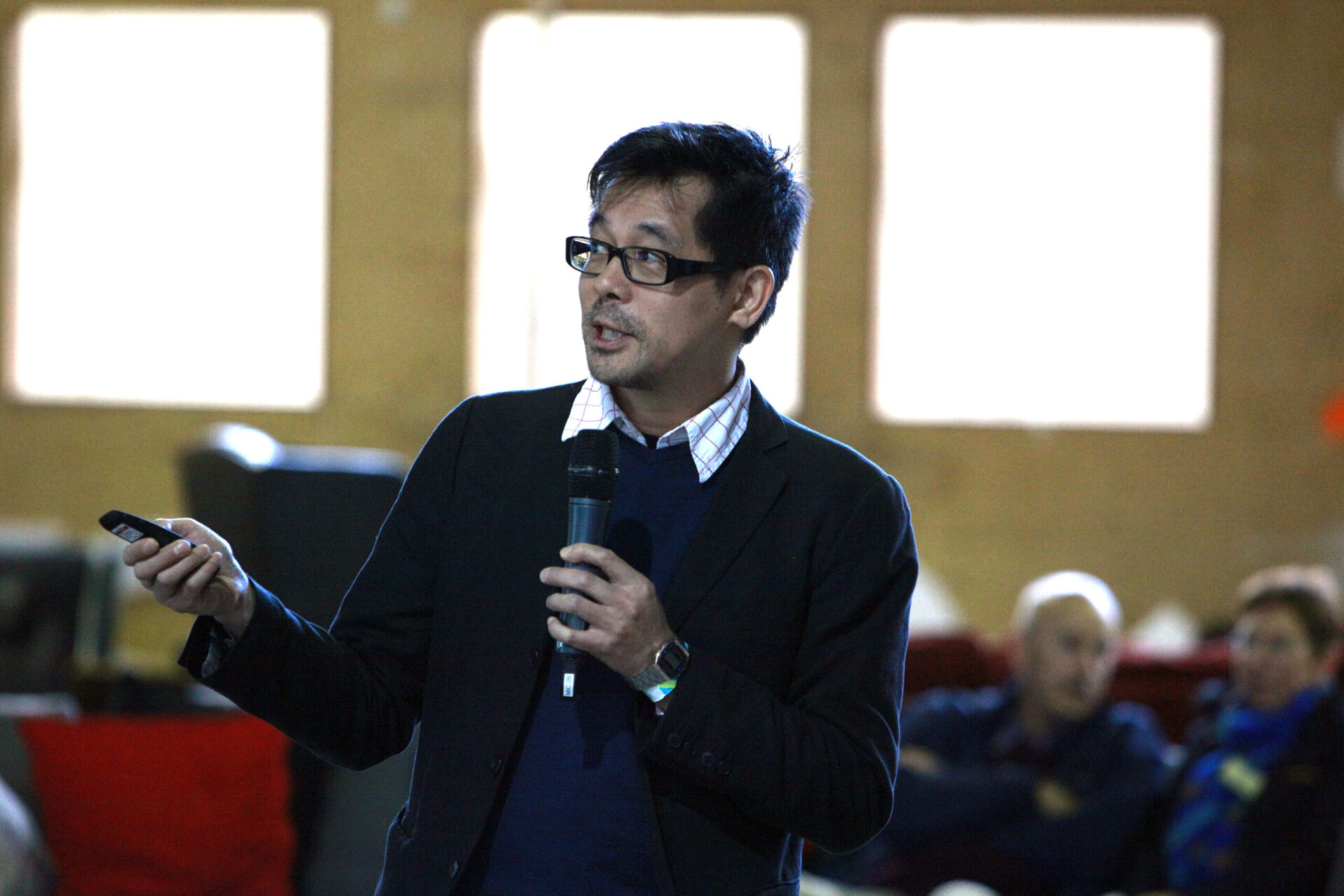
Kwong Lee, director of Castlefield Gallery, expressed concern that good design practice was known to few
Ensuring that art was prioritised in projects across a range of scales was a challenge, said Lee. “Art can end up just being for flagships, but how do we get it into more mundane projects, which make up the bulk of schemes?
“How do we advocate that we need places to be better designed, to make places look different from other places? I’m concerned that good practice is only known to a small amount of people.
“Art and design may not be known on the surface, but we’re all affected by it.”
Swift agreed: “The mundane done badly can be much more damaging than the big projects that get pored over. Getting art more involved helps with that, but it will always depend on the client, as there are developers who get it, and developers who see it as a punitive duty.
“Often public art is the most successful in small projects, with the right community there already or a client with the right mind-set who just gets it. But we need to look at a bigger scale across a city, as project by project is too myopic, and look at how the small and the big investments get the conversation going.”
To view the speakers’ slideshow presentations click here
Select any image below to launch gallery
- Kwong Lee, director of Castlefield Gallery, advocated a closer relationship between artists and property developers
- Huneck, Lee and Swift
- Karsten Huneck, architect and partner at KHBT and senior lecturer at Manchester School of Architecture
- Lunch was supplied by Catalan deli, bar and restaurant Lunya


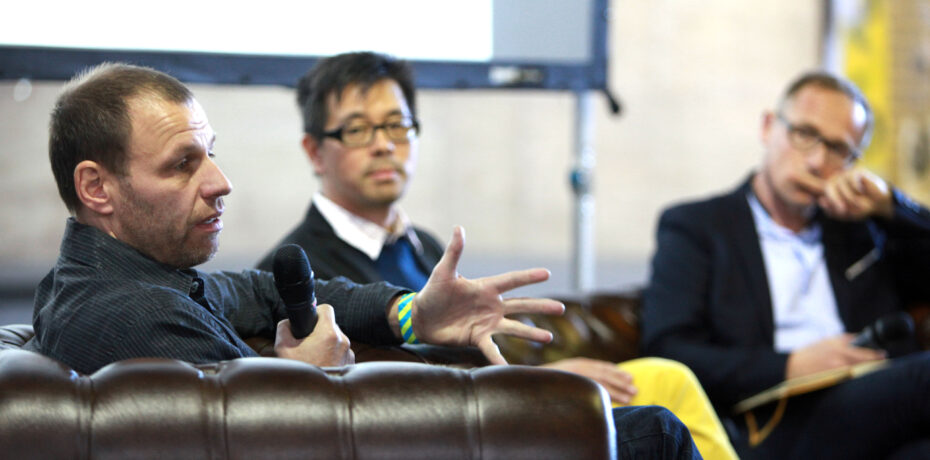

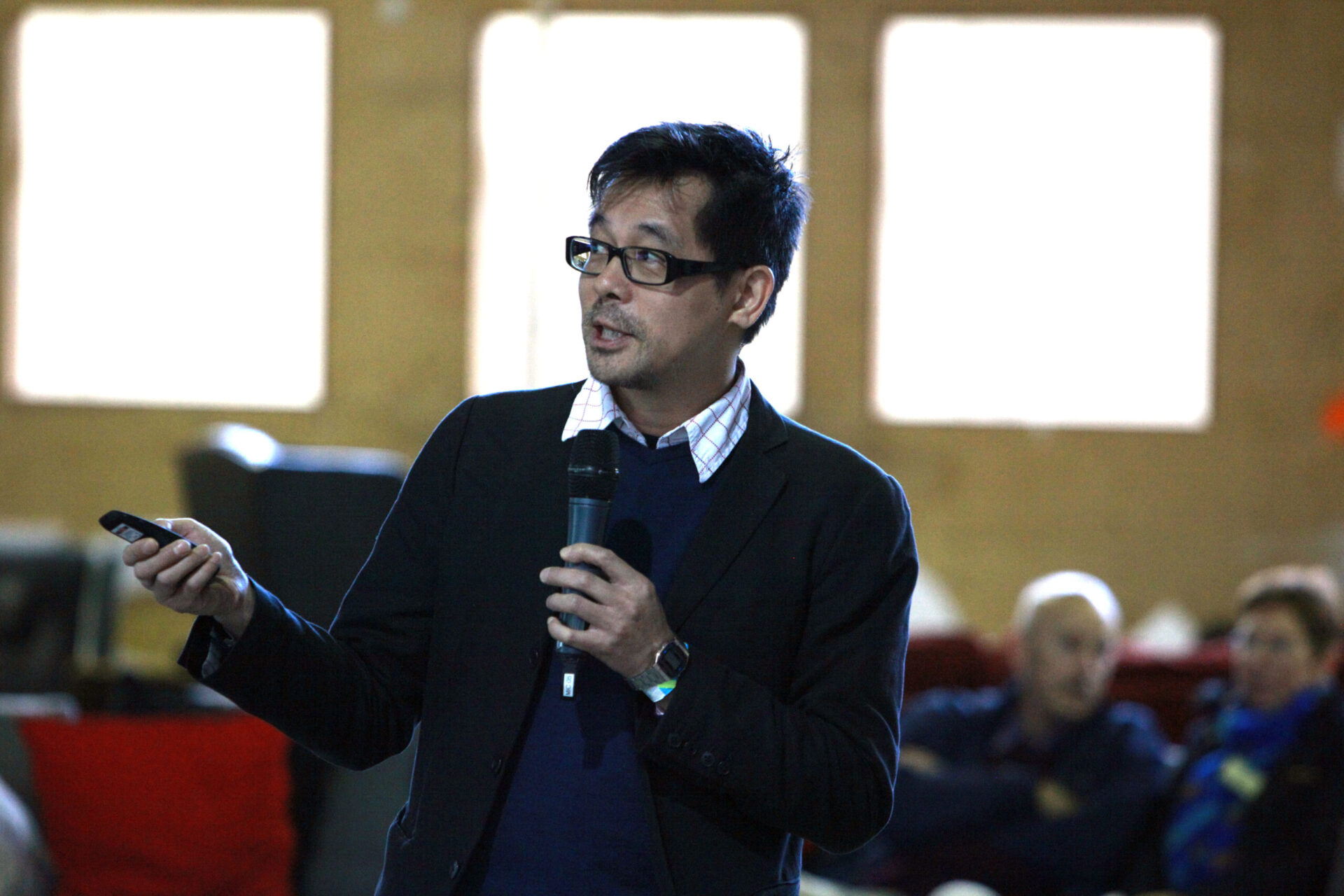
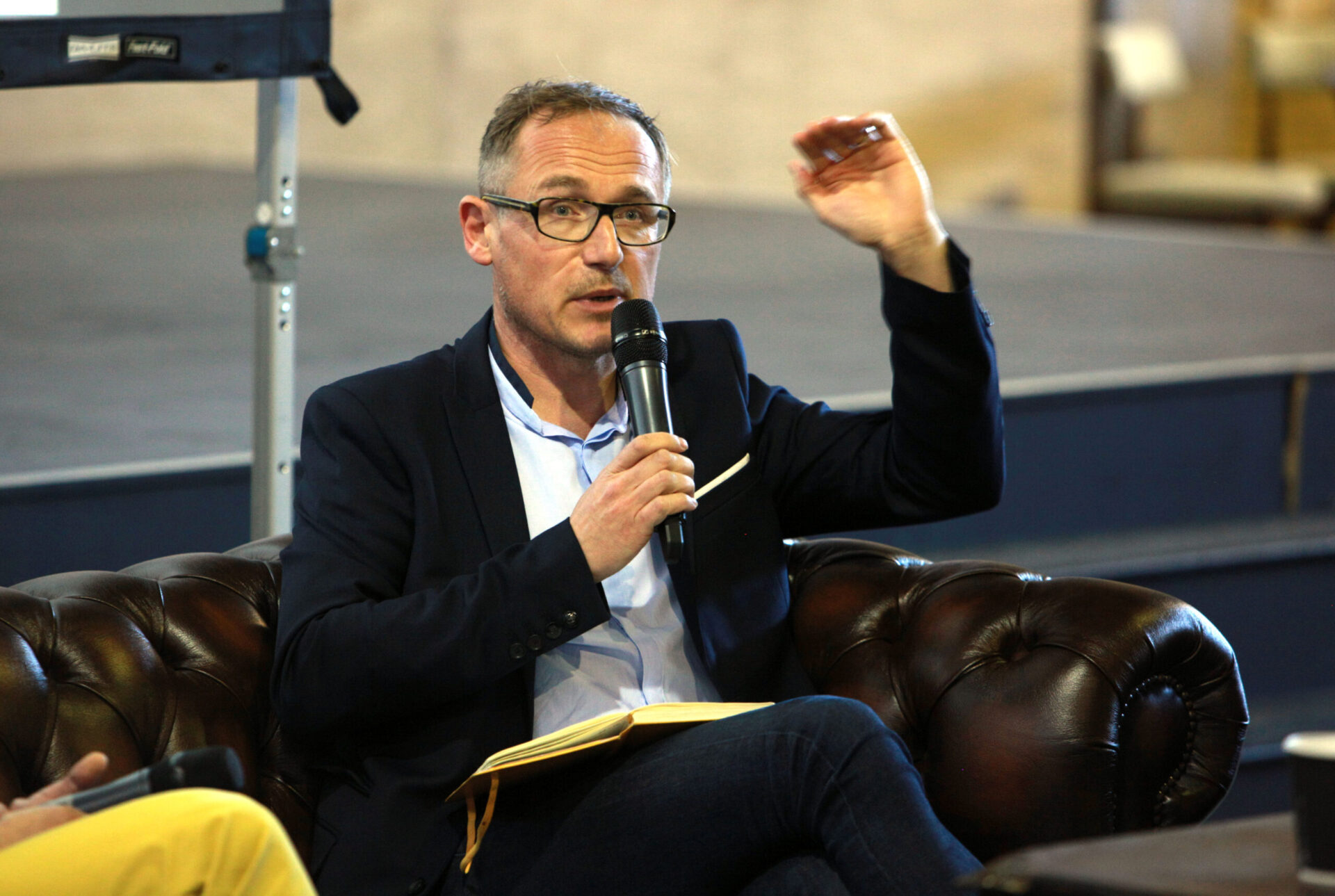

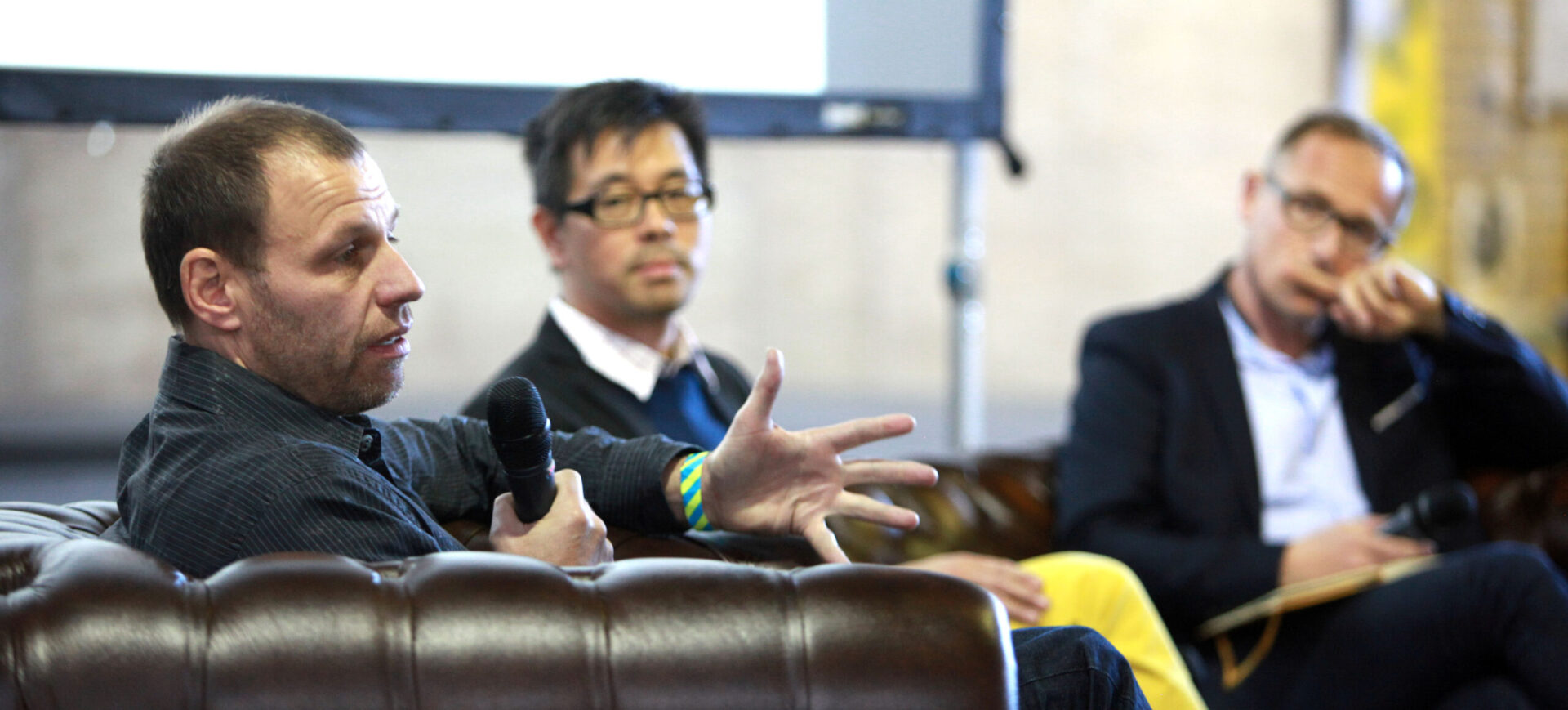
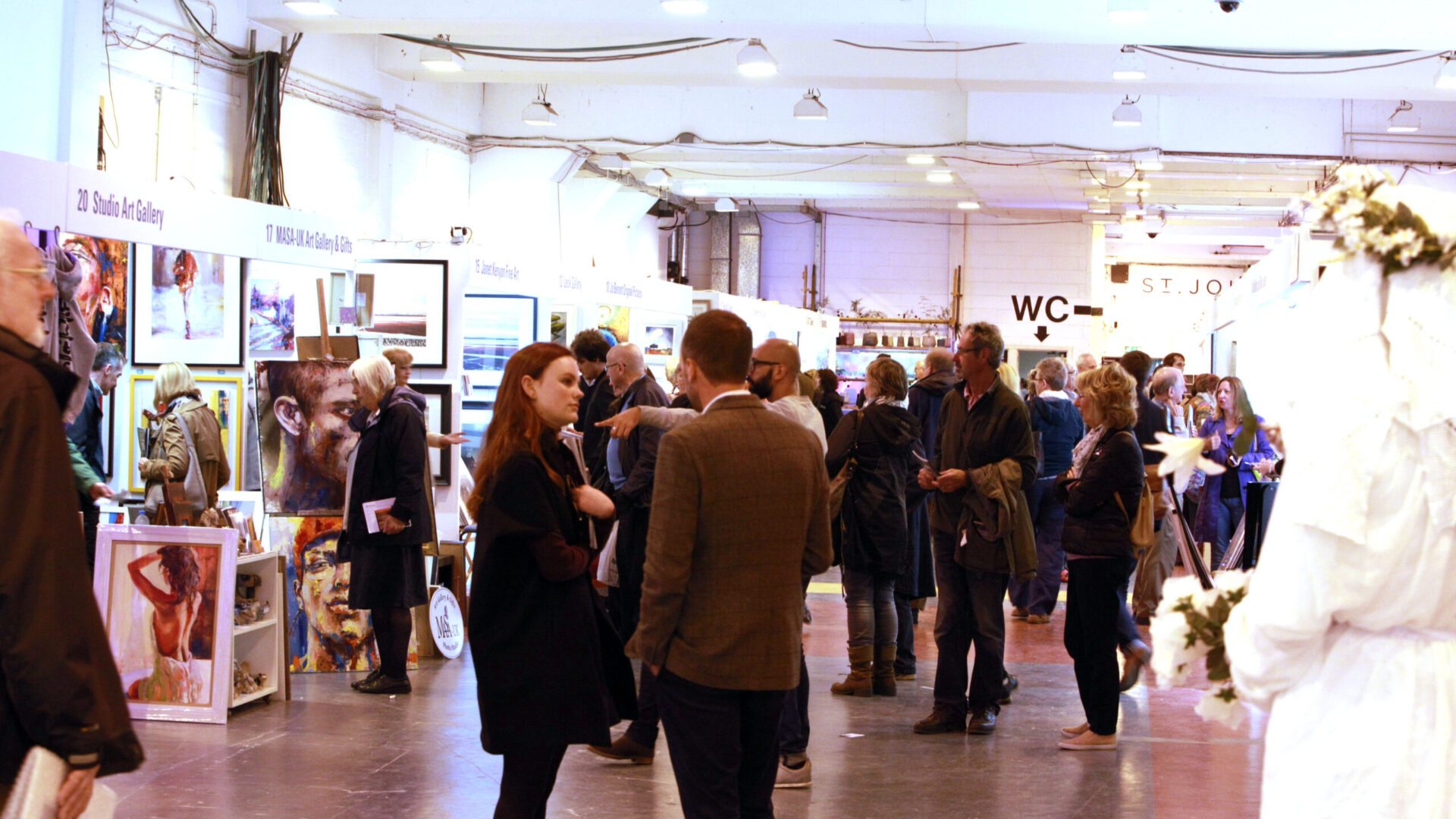
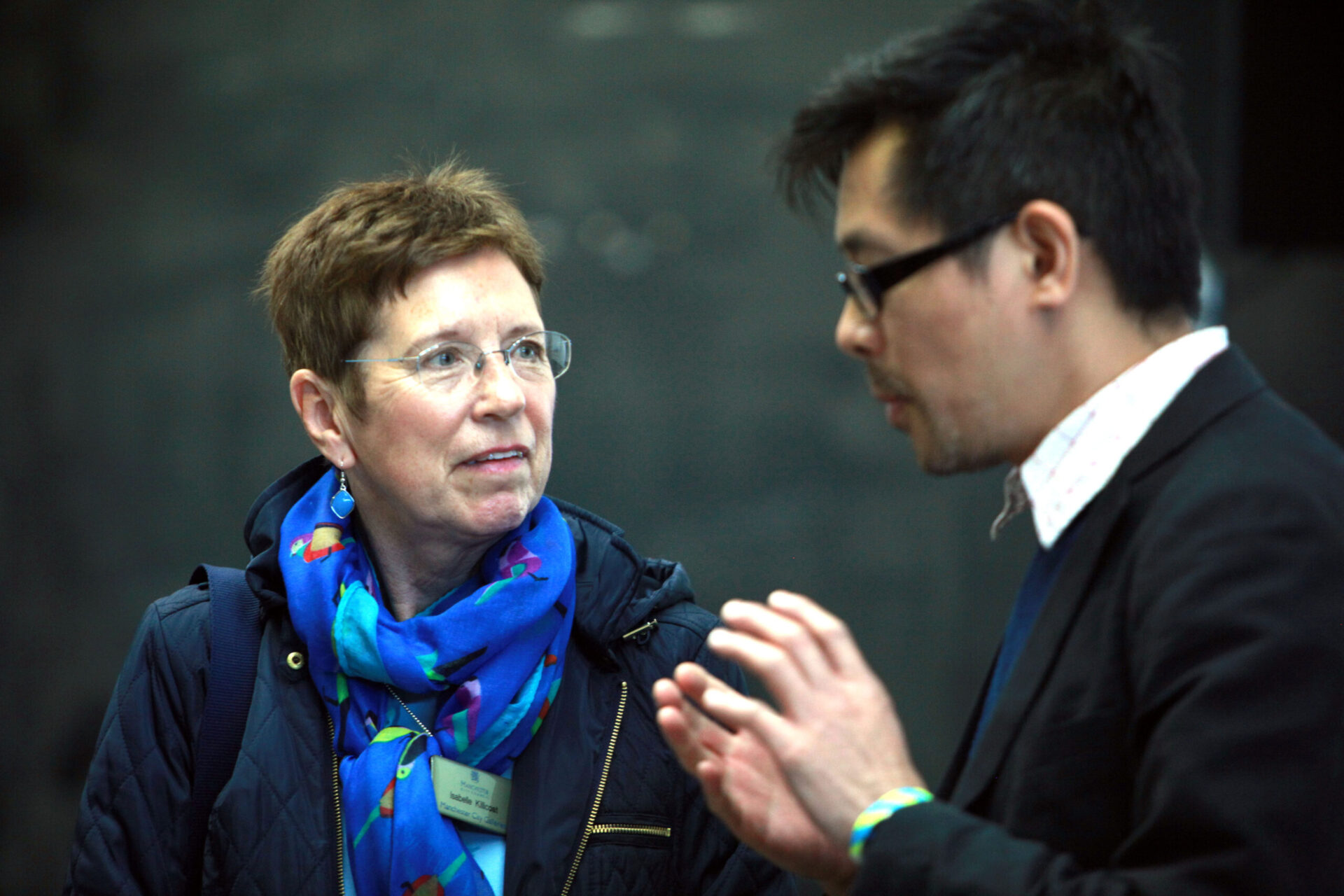
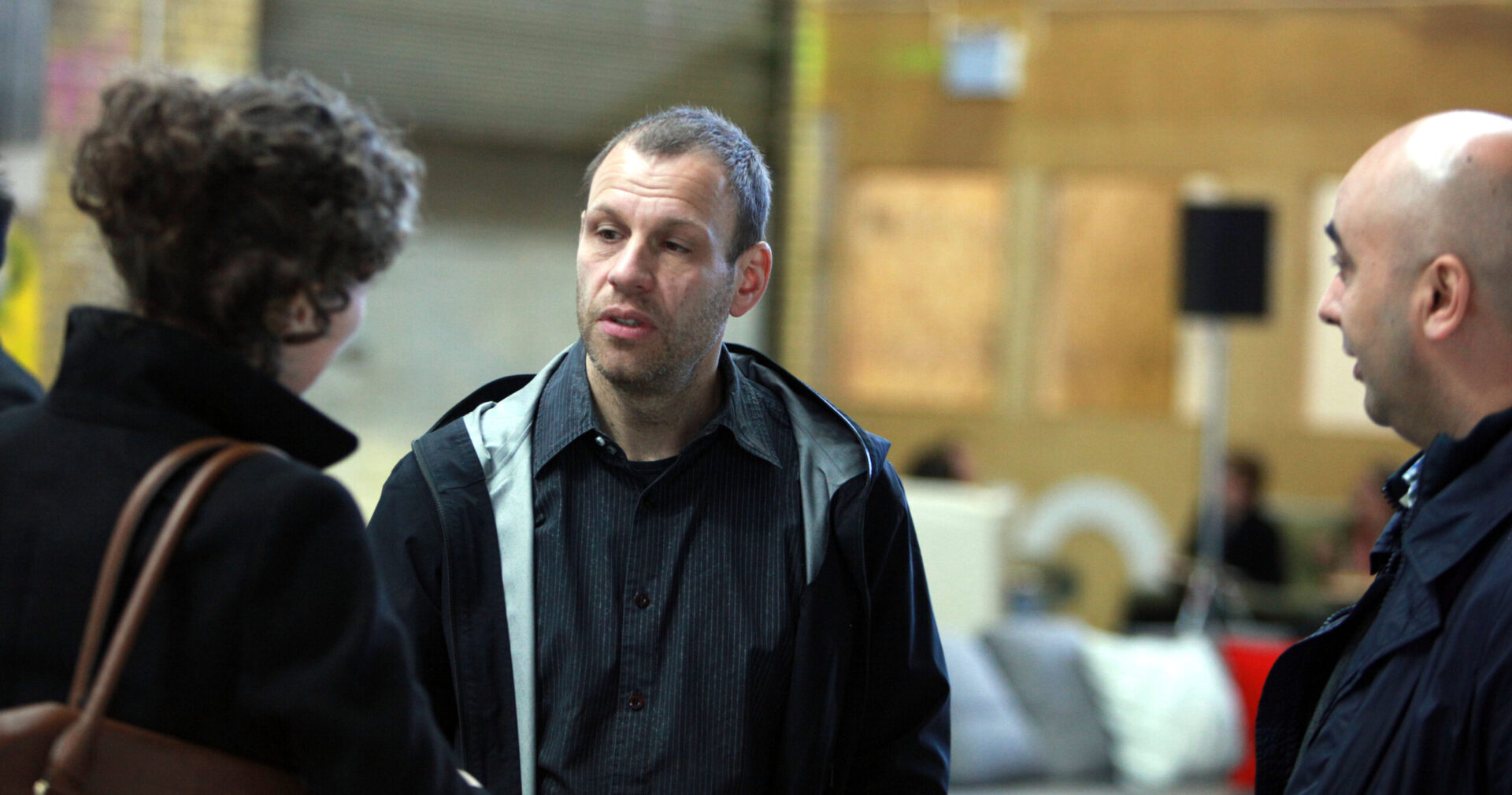
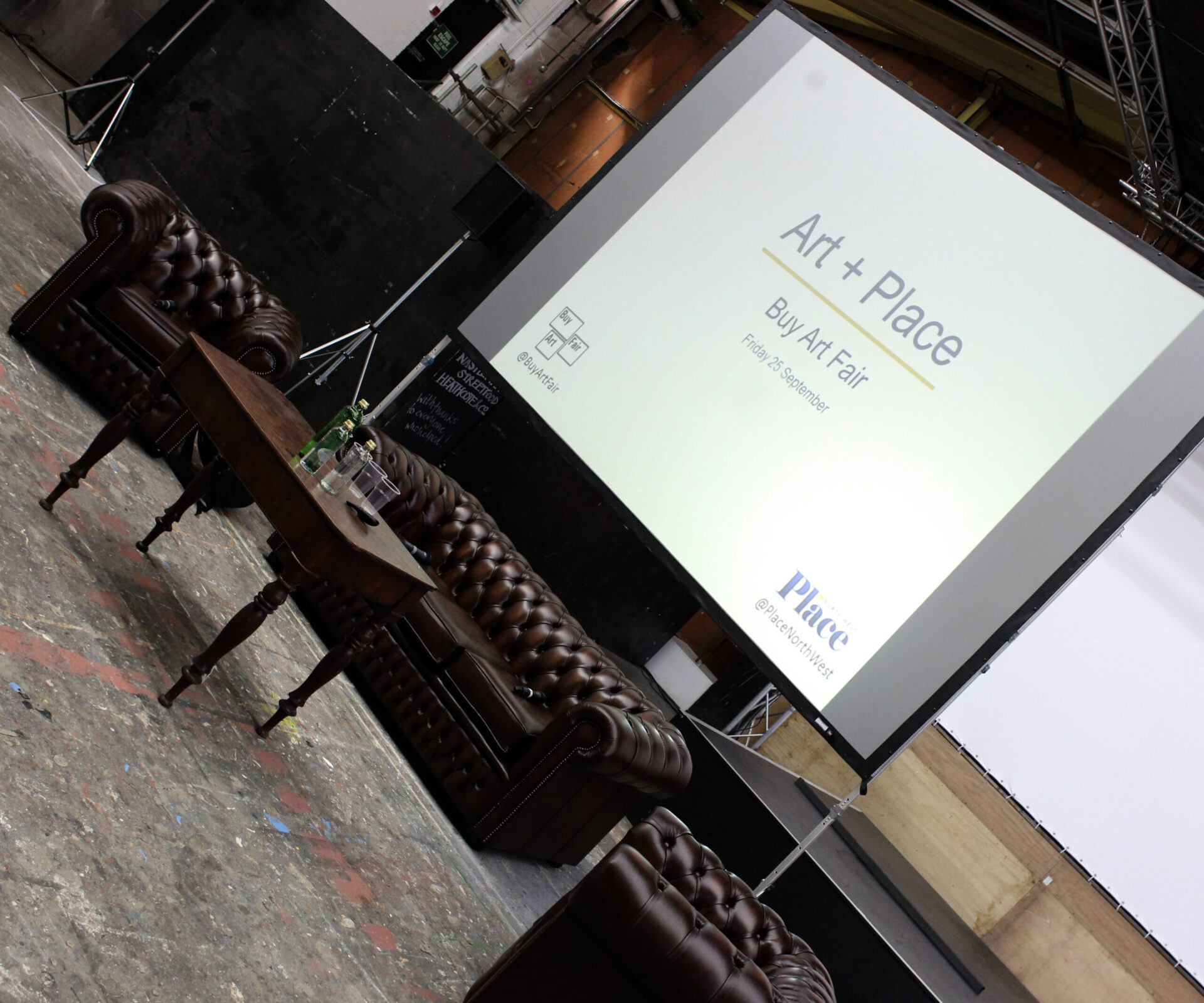
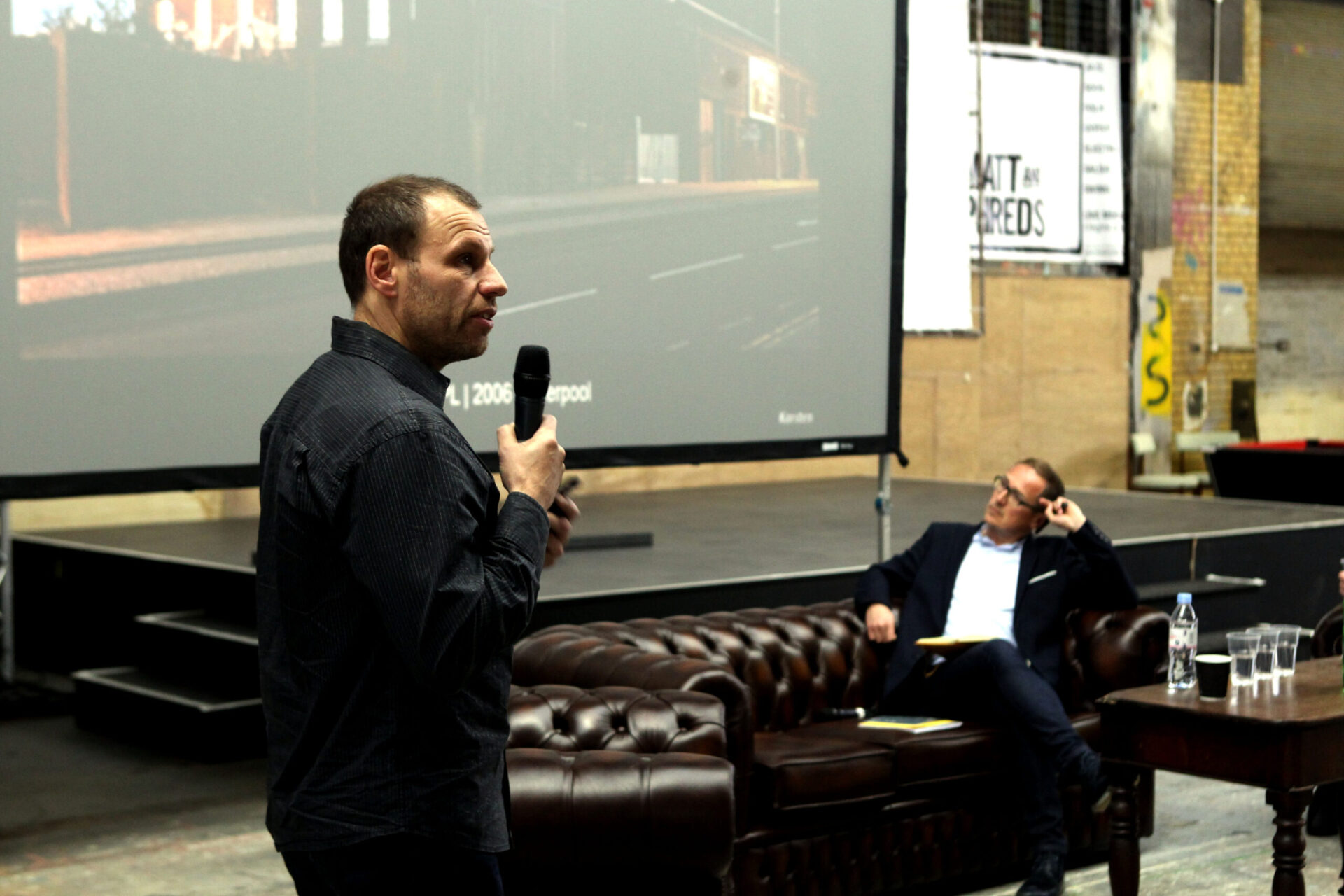

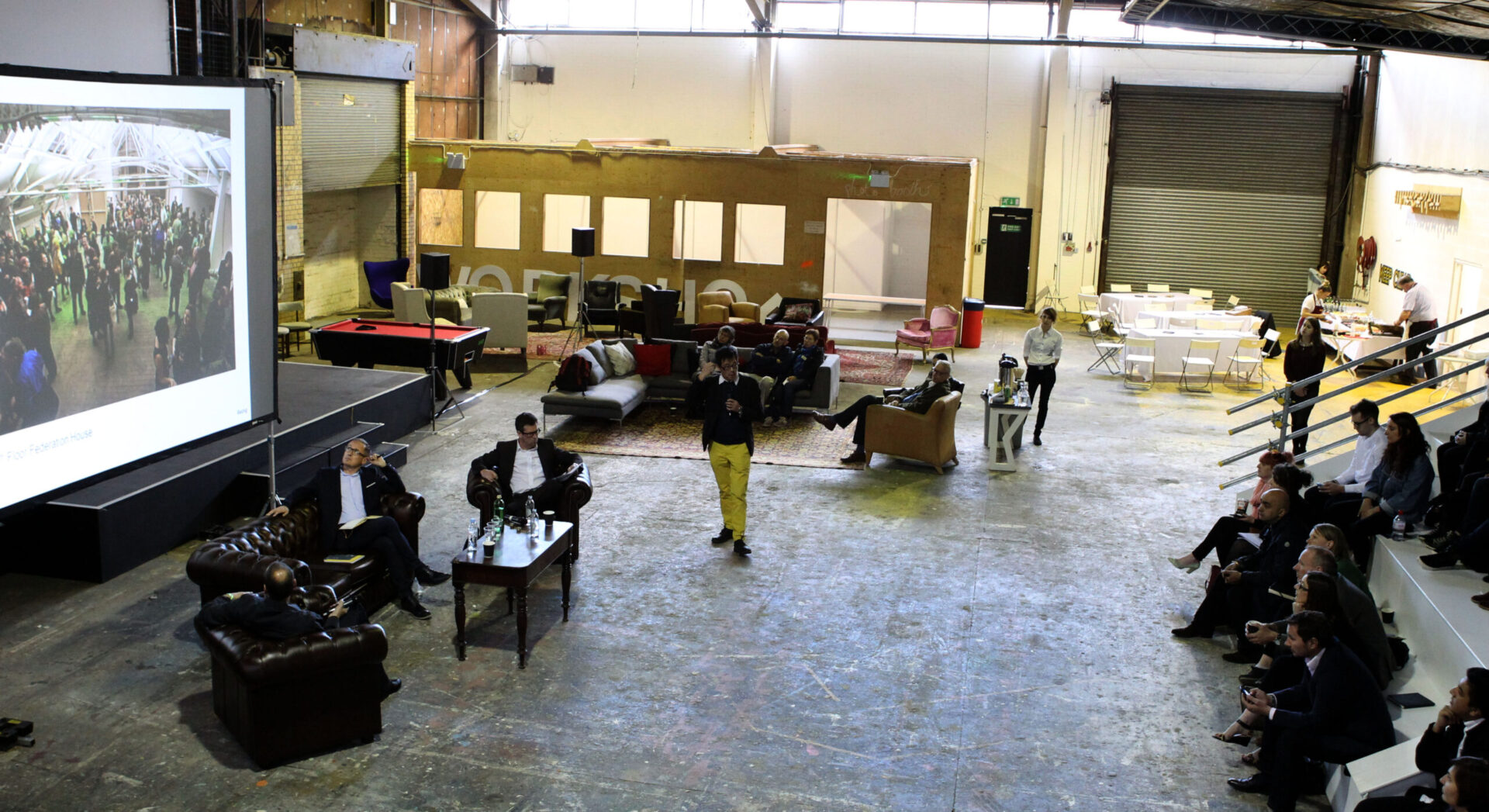
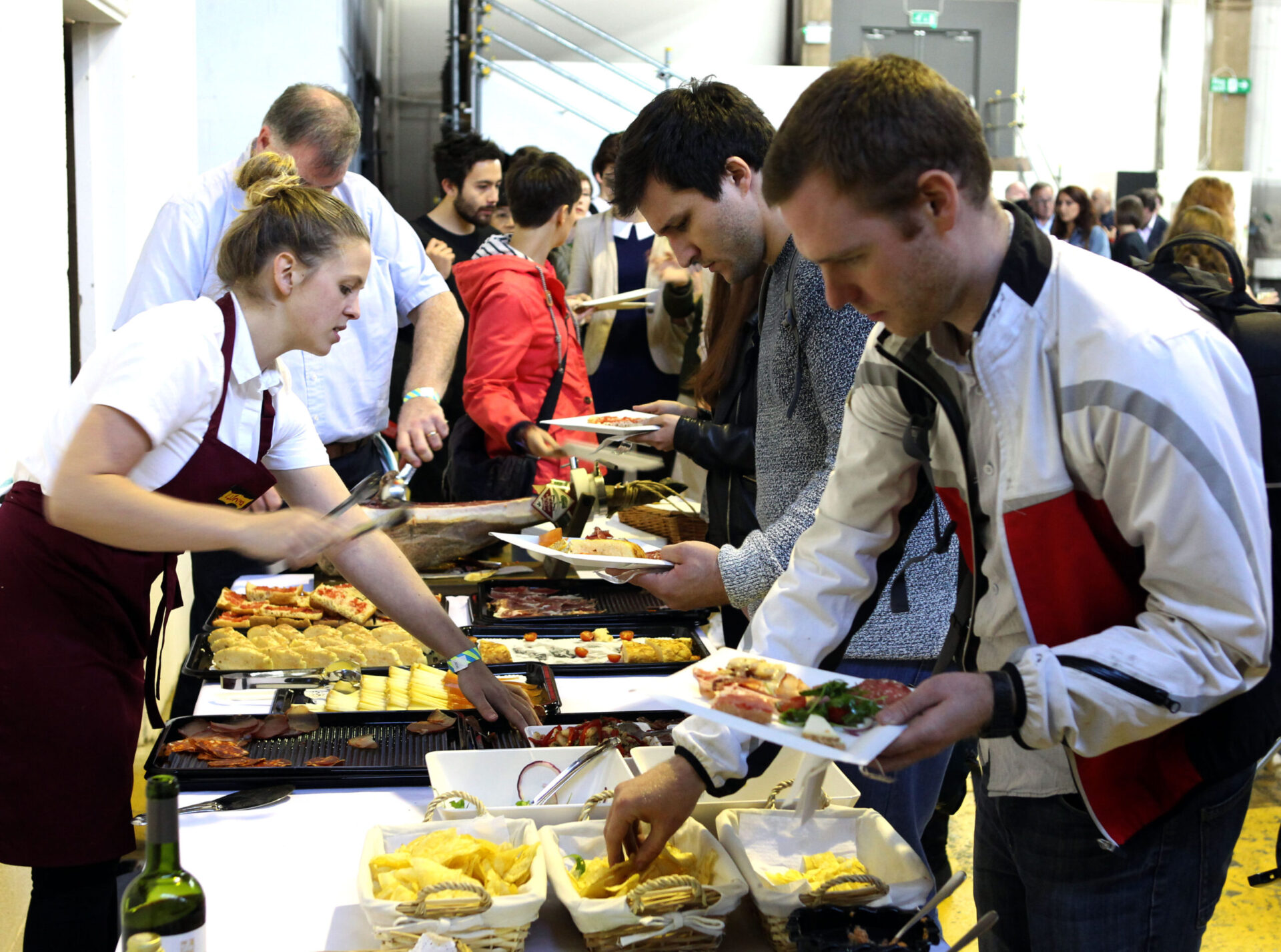


So refreshing to see bigger representation of younger delegates at this event. Hope for the future?
By OW